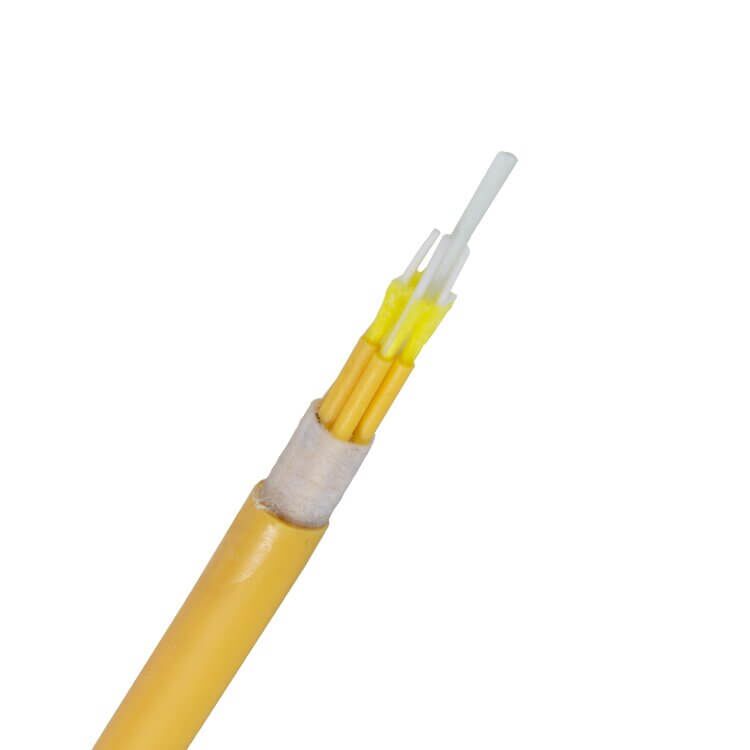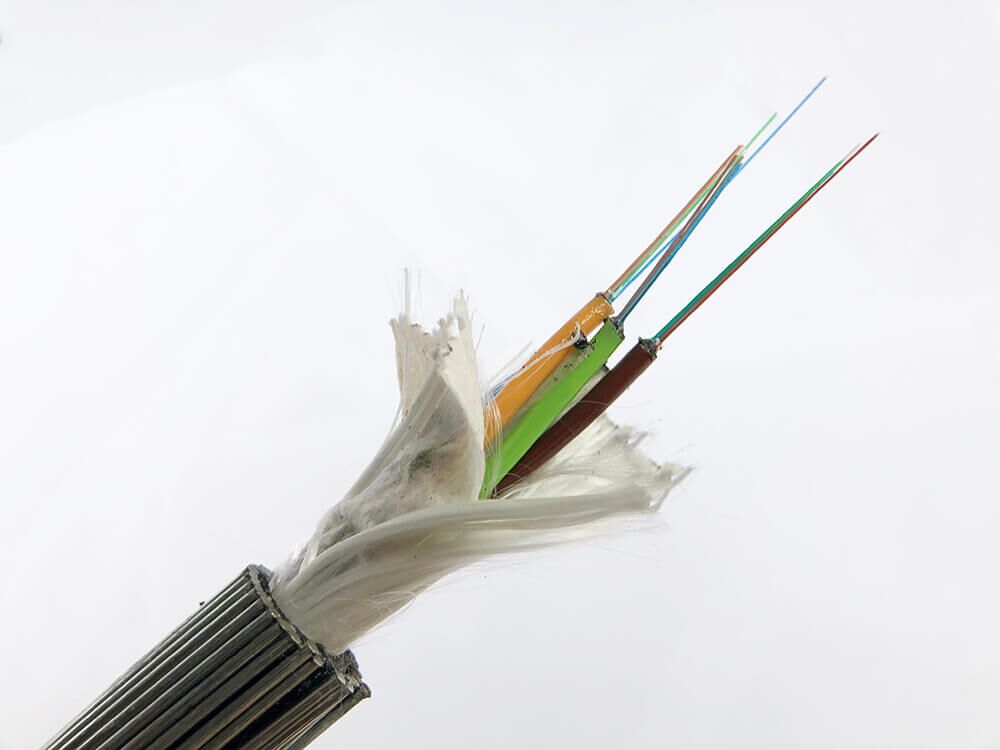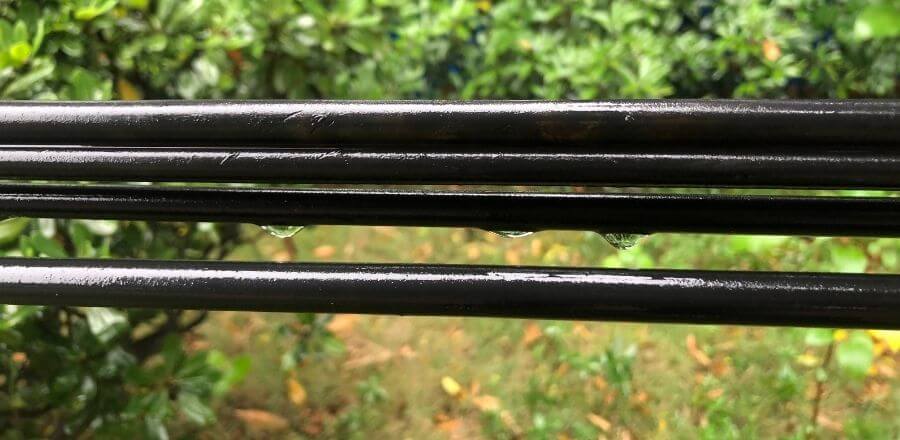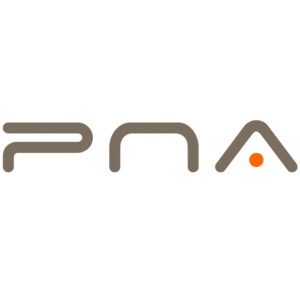Why Water blocking Material for Cables Matter
Communication technology has developed extremely rapidly in recent decades. As one of the main pillars of modern communication networks, fiber optic cable communication has a series of advantages such as large communication capacity, high transmission quality, good confidentiality and anti-electromagnetic interference. It has been widely adopted by various networks.
With the increase in the number of optical fiber and fiber optic cable applications, some quality problems have gradually been exposed. In addition to a small part of these quality problems caused by some manufacturers’ cutting corners, most of them are caused by quality accidents caused by improper selection of raw materials.
A large number of research results show that inappropriate fiber cable fillers will cause great harm to the long-term stability of the optical cable transmission performance. This kind of hazard is often difficult to find during the manufacturing process and factory inspection of the optical cable. But it will gradually appear in the long-term use process after the optical cable is laid. When the performance degradation of the optical cable is found, it can no longer be saved. So there is a serious situation in front of us.
A very important issue is how to choose a suitable water-blocking material with excellent performance before the fiber optic cable is manufactured.
What Are the 3 Main Water-blocking Materials
According to the characteristics of water-blocking materials for optical cables, they can be divided into two categories.
How It Works
One is that they are passive, that is, they directly block water at the point of damage to the sheath and prevent it from entering the optical cable. Such materials have hot melt adhesive and thermal expansion ointment.
Another type of water blocking is active. When the protective layer is damaged, the water blocking material absorbs water and expands. Thereby blocking the passage of water into the optical cable, causing the water to be restricted to a small range. There are water-swellable ointments, water-blocking yarns and water-blocking tapes.
3 Main Materials
Because the first type of static water-blocking materials generally use hot filling, the use temperature is usually 20~120C. After the filling and cooling, the filling ointment cold shrinks, which is easy to produce gap and can not achieve the effect of complete water blocking. And during hot filling, due to the high temperature, it is easy to degrade the components of the filling material, and low molecules migrate into the plastic sheath of the optical cable, which leads to the early cracking of the plastic sheath, which shortens the service life of the optical cable, and results in low water blocking efficiency. In the meantime, the production process is also quite complicated.
The following article will only introduce the 3 commonly used active water blocking material for cable in fiber cable filling compound, water blocking yarn and water blocking tape.
Fiber Cable Filling Compound / Gel
As we all know, water is the most taboo for fiber optic cable. The reason is that water can cause the water peak of the optical fiber to attenuate, and it can cause the microcracks of the optical fiber to aggravate through electrochemical action and eventually cause the optical fiber to break.
Under humid conditions (especially the submarine fiber optic cable laid in the water depth of 12 meters or more), water will diffuse into the interior through the fiber cable sheath to form free water condensation. If it is not controlled, the water will migrate along the fiber cable core longitudinally into the junction box. It will bring potential danger to the communication system and even cause business interruption.


The basic function of the water-blocking fiber cable filling compound is not only to prevent the longitudinal water migration inside the optical cable, but also to provide the optical cable to relieve external pressure and vibration damping.
Filling compound in optical cables is currently the most common practice in the production of optical fibers and fiber cables. Because it not only plays a general waterproof and moisture-proof sealing function, but also acts as a buffer during the manufacture and use of the optical cable to prevent the optical fiber from being affected by mechanical stress. Stress loss improves its transmission stability and reliability.
From the development of optical cable filling compound, ointment can be roughly divided into the following three generations: the first generation is hydrophobic hot-filling ointment; the second generation is cold-filling ointment, while swelling water-blocking filling ointment is currently the most popular Filling materials for optical fiber cables. Among them, the water-swellable water-blocking filling paste is a kind of hydrophilic filling material, which is mainly filled by cold filling process.
Water-blocking Tape
Fiber cable water blocking tape is a dry water swellable material, which is widely used in the optical cable industry. The water-blocking tape functions of sealing, waterproofing, moisture-proofing, and buffering protection in optical cables have been recognized by people. Its varieties and performance have been continuously improved and perfected with the development of optical cables.
The water-blocking tape for optical cables can be divided into double-sided sandwich water blocking tape, single-sided coating water blocking tape and laminated water blocking tape. The traditional water-blocking tape is made by sticking super gouache between two layers of non-woven fabrics. It is characterized by an expansion height of 5mm, but the thickness of the water-blocking tape is also greater than 0.35mm. At the same time, this resin will lose dust during the production process, which will bring environmental problems.


A new generation of water-blocking tape is made of polymer made into soluble liquid, coated with non-woven fabric or rope, and then cross-linked. It is characterized by no dust, thinness, high expansion speed, and good gel stability. It is also without dust diffusion, no increase in thickness, low shrinkage, smoothness, convenience, with certain strength and light weight.
The reason why the water-blocking tape can block water is because it contains super-absorbent swelling resin. The super-absorbent resin forms a hydrogel after absorbing water. The water absorption process of the gel is actually the process of polymer network expansion. Super absorbent resin is a hydrophilic polymer.
Water-blocking tape is a material used in semi-dry fiber optic cables. It reduces pollution and facilitates the operation of production, testing and construction. So it is very popular among production workers, testers and construction and maintenance personnel. However, the commonly used water-blocking tape containing superabsorbent polymer (SAP) has the problem of dust. This is because the SAP powder cannot be completely adhered to the substrate, and loose powder will fall off in the finished cable, which will cause the micro bending loss of the optical fiber. At the same time, this kind of powder will be harmful to human health during the production and maintenance of optical cables.
Water-blocking Yarn
Water blocking yarn in fiber optic cable is mainly composed of two parts, one part is expanded fiber or expanded powder containing polyacrylate. When it absorbs water, these super absorbent will force its molecular chain to stretch out from the curled state, causing its volume to expand rapidly, thereby realizing the water blocking function. The other part is a reinforcing rib composed of nylon or polyester, which mainly provides the tensile strength and elongation of the yarn.


The water absorption capacity of the polymer water-absorbing resin is higher than that of the molecular expansion caused by the ion repulsion of the polymer electrolyte and the result of the interaction between the molecular expansion caused by the network structure and the hindering of the molecular expansion.
The water-absorbent resin is a high-molecular compound and therefore has the same characteristics. Water blocking function of the optical cable water blocking yarn is to use the water blocking yarn fiber body to quickly expand to form a large volume of jelly. Water absorption can reach dozens of times of its own volume, such as whitin the first minute of contacting water, the diameter can be rapidly expanded from about 0.5 mm to about 5 mm. And the water retention capacity of the gel is quite strong, which can effectively prevent the growth of water trees, thereby preventing the continuous penetration and diffusion of water, and achieve the purpose of water blocking. Water-blocking yarns are widely used in metal armored fiber optic cables.
Choose The Right Water Blocking Materials
| Item | Filling Compound | Water-blocking Tape | Water-blocking Yarn |
|---|---|---|---|
| Water Blocking Performance | Good | Good | Good |
| Optical Cable Connection Preparation | Slow | Quick | Quick |
| Cleaning Solvent | Required | – | – |
| Long-term Reliability | Good | Good | Good |
| Compression Resistance of Finished Cable | Good | Bad | Bad |
| Splicing Risk | Yes | – | – |
| Sheath Binding Force | Average | Average | Strong |
| Mechanical Performance | Good | Good | Good |
| Anti-friction | Good | Average | Average |
| Buffer Protection | Good | Average | Average |
| High Temperature Resistant Trickle | Poor | Good | Good |
| Fiber Cable Weight | Heavy | Very Heavy | Light |
| Undesired Material Flow | Possible | – | – |
| Cleanliness In Production | Poor | Good | Good |
| Oxidation Effects | Exist | – | – |
| Process Requirements | Average | High | Simple |
| Material Transportation | Inconvenient | Convenient | Convenient |
| Cost of Production | High | High | Low |
Summary
The water-blocking properties of the above-mentioned types of water-blocking materials are all very good, and each has its own advantages and disadvantages. However, the current development trend of optical fiber and fiber optic cable is that the structure of fiber cable is developing in the direction of small diameter, light weight, all-dry type, and fast deployment.
Specifically, the structural form of the optical cable should be miniaturized, and the water blocking mode of the optical cable will also develop toward the dry water blocking. At the same time, as the optical cable develops to the end user, the focus of the optical cable technology research will gradually shift from the outdoor fiber optic cable to the indoor fiber optic cable development.
Therefore, it can be seen that the advantages of water blocking tape and water blocking yarn in the indoor fiber cable and user cable of the access network are more obvious, and have broader application prospects. However, in the application of backbone networks such as first-level trunk lines in some countries, swelling water-blocking filling compound is still widely used in a relatively long period of time due to its resistance to harsh environments and stable operation.


